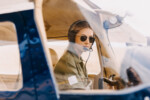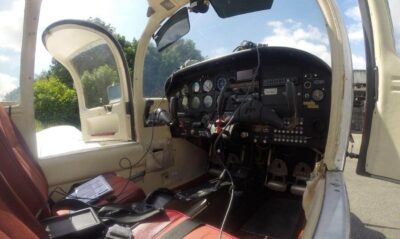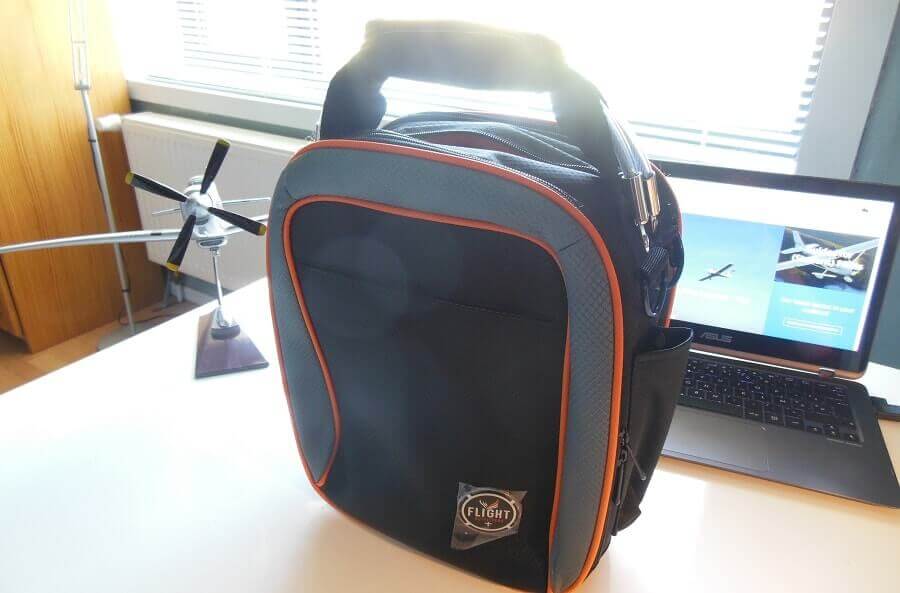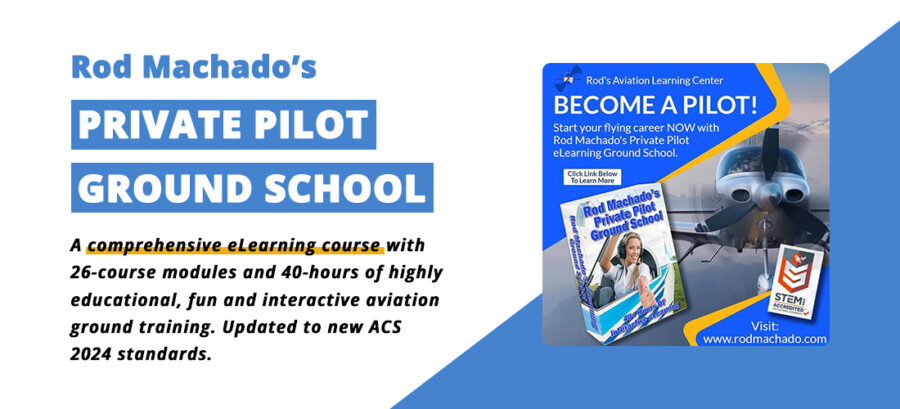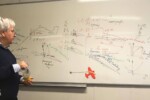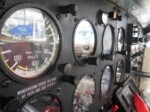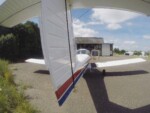Getting Your Private Pilot License – Circuit Training
16 July 2018 | Updated on February 05, 2024
This post is part of the story series Getting Your Private Pilot License.
As a glider pilot with about 220 flying hours, I finally decided to take the jump and start my Private Pilot training in June 2018. In this series, I share my experiences of getting my Private Pilot License in Belgium. From preparing for my first lesson, to my first solo flights and ultimately my checkride.
I hope these articles will be able to help you get the most out of your own flight training!
Last Sunday morning I had my fourth flying lesson. During the first 3 hours, my instructor and I did all the exercises that needed to be finished before starting with circuit training. We finished everything the previous lesson so I was ready to start practicing my landing circuits.
The objective of this flight was to improve my circuits, procedures and landings. Most important were the configurations of the aircraft and making sure I was flying a stabilized approach down to the runway.
The circuits at our local airfield in Goetshoven (Belgium) have been adjusted recently due to noise complaints from certain people living around the airfield (I guess we are not the only airfield with that problem). We have two crossed runways with four possible right hand circuits:
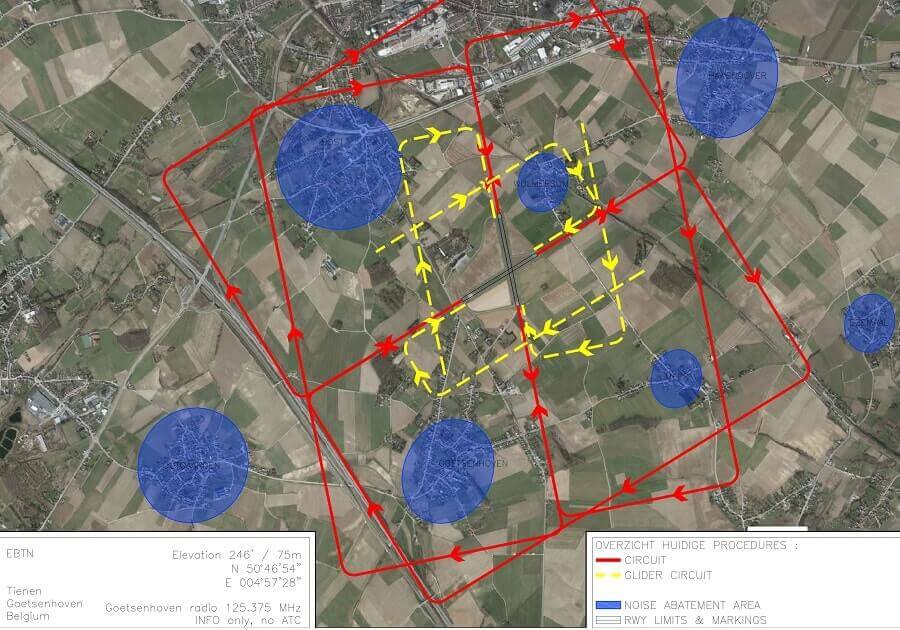
As you can see we also have a different circuit for motorized aircraft and gliders. They are all drawn to avoid overflying housed in so-called noise abatement areas. On Sunday, the wind was coming from the East so we had runway 06 in use at the time of my flight.
We started out with a few normal circuits. The first one I did I got mixed up with radio calls resulting in a misconfiguration of the aircraft which brought me way off the altitude and speed I should have had. A steep approach and long flare later we throttled up for another try.
My next few landings were a lot better once I realized aviate comes before communicate. We practiced a few standard landings, one without using flaps, a few power-off landings and an EFATO (Engine Failure After Take-Off). As you can see in the overview below all were ok!

Altough landing shouldn’t be that much of a problem for me with my gliding experience, I do find myself having some challenges with flaring at the right time. In a glider I’m sitting a lot closer to the ground, making my flares in the Tomahawk often too late. I found a great video by Rod Machado that helped me a lot.
SO far, my training exercises are progressing well I think:
- Exercise 1a: Familiarisation with the airplane
- Exercise 1b: Emergency drills
- Exercise 2: Preparation for and action after flight
- Exercise 3: Air experience: flight exercise
- Exercise 4: Effects of controls
- Exercise 5a: Taxiing
- Exercise 5b: Emergencies: brake and steering failure
- Exercise 6: Straight and level
- Exercise 7: Climbing
- Exercise 8: Descending
- Exercise 9: Turning
- Exercise 10a: Slow flight
- Exercise 10b: Stalling
- Exercise 11: Spin avoidance
- Exercise 12: Take-off and climb to downwind position
- Exercise 13: Circuit, approach and landing
- Exercise 12/13: Emergencies
- Exercise 14: First solo!
- Exercise 15: Advanced turning
- Exercise 16: Forced landing without power
- Exercise 17: Precautionary landing
- Exercise 18a: Navigation
- Exercise 18b: Navigation problems at lower levels in reduced visibility
- Exercise 18c: Radio navigation
- Exercise 19: Basic instrument flight
I have now logged a little over 4 hours of dual instruction in the Piper Tomahawk. My instructor won’t be available next weekend so I booked a slot with one of our club’s other FIs. A few more circuits and hopefully my first solo in a motorized airplane!
BTW: This week I also received my brand new Flight Outfitters Lift flight bag. So excited when I got it in the mail a few days ago and can’t wait to take it flying!
Update: I finally wrote a review about this cool bag, you can read it here!

Talk to you next week!
Senne
This post is part of the story series Getting Your Private Pilot License.
As a glider pilot with about 220 flying hours, I finally decided to take the jump and start my Private Pilot training in June 2018. In this series, I share my experiences of getting my Private Pilot License in Belgium. From preparing for my first lesson, to my first solo flights and ultimately my checkride.
I hope these articles will be able to help you get the most out of your own flight training!











